Regulatory Support
Regulatory frameworks supporting renewable energy initiatives are instrumental in driving the Wind Turbine Composite Material Market. Governments worldwide are implementing policies that incentivize the use of renewable energy sources, including wind power. These regulations often include tax credits, subsidies, and grants for companies investing in wind energy infrastructure. As a result, the demand for composite materials, which are essential for constructing efficient wind turbines, is likely to increase. In 2025, the market is anticipated to grow significantly, with projections indicating a value of approximately USD 3 billion. This regulatory support not only fosters innovation in composite materials but also encourages manufacturers to invest in research and development, further propelling the Wind Turbine Composite Material Market.
Rising Energy Demand
The escalating The Wind Turbine Composite Material Industry. As populations grow and economies develop, the need for sustainable energy sources becomes increasingly critical. Wind energy, recognized for its potential to provide clean power, is gaining traction as a viable alternative to fossil fuels. The market for wind turbine composites is projected to expand, with estimates suggesting a valuation of around USD 3 billion by 2025. This growth is driven by the need for efficient and durable materials that can withstand harsh environmental conditions. Consequently, the Wind Turbine Composite Material Market is poised to benefit from the rising energy demand, as stakeholders seek to enhance their renewable energy portfolios.
Technological Innovations
Technological advancements play a crucial role in shaping the Wind Turbine Composite Material Market. Innovations in material science, such as the development of advanced resin systems and hybrid composites, enhance the performance and longevity of wind turbine blades. These innovations not only improve energy output but also reduce maintenance costs, making wind energy more competitive. In recent years, the market has seen a shift towards using carbon fiber composites, which offer superior strength-to-weight ratios. By 2025, the adoption of these advanced materials is expected to increase, potentially leading to a market valuation of around USD 3 billion. This trend indicates that technological progress is a significant driver in the Wind Turbine Composite Material Market, as manufacturers seek to optimize turbine efficiency and reliability.
Sustainability Initiatives
The increasing emphasis on sustainability is a pivotal driver for the Wind Turbine Composite Material Market. As nations strive to meet renewable energy targets, the demand for eco-friendly materials in wind turbine production rises. Composite materials, known for their lightweight and durable properties, contribute to enhanced energy efficiency and reduced carbon footprints. In 2025, the market for wind turbine composites is projected to reach approximately USD 3 billion, reflecting a growing preference for sustainable solutions. This trend is further supported by government policies promoting renewable energy investments, which encourage manufacturers to adopt greener materials. Consequently, the Wind Turbine Composite Material Market is likely to witness a surge in demand as stakeholders prioritize sustainability in their operational strategies.
Cost-Effectiveness of Composites
The cost-effectiveness of composite materials is a significant factor influencing the Wind Turbine Composite Material Market. As manufacturers seek to optimize production costs while maintaining high performance, composites offer a compelling solution. Their lightweight nature reduces transportation and installation expenses, while their durability minimizes maintenance costs over the turbine's lifespan. In 2025, the market is expected to reach approximately USD 3 billion, driven by the increasing adoption of cost-effective composite solutions. This trend suggests that manufacturers are likely to prioritize composites in their designs, enhancing the overall economic viability of wind energy projects. Thus, the Wind Turbine Composite Material Market is expected to thrive as cost considerations become paramount in the renewable energy sector.


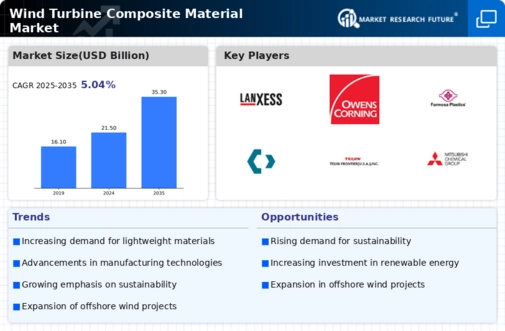
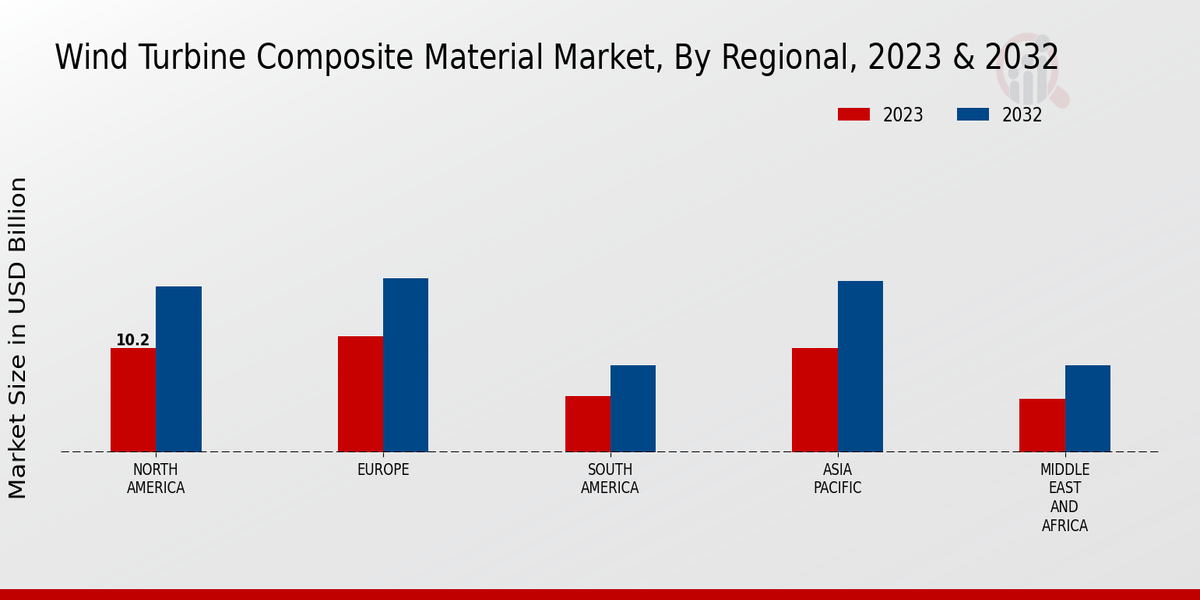
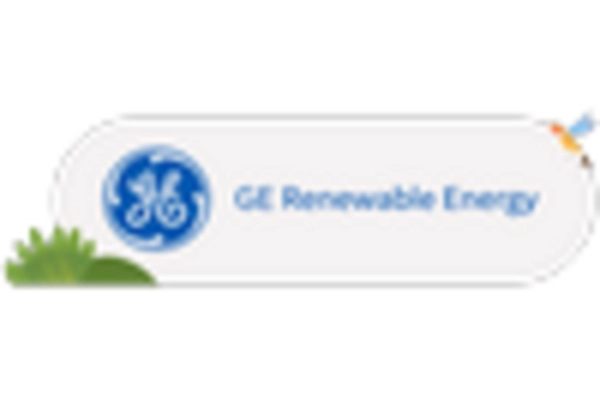
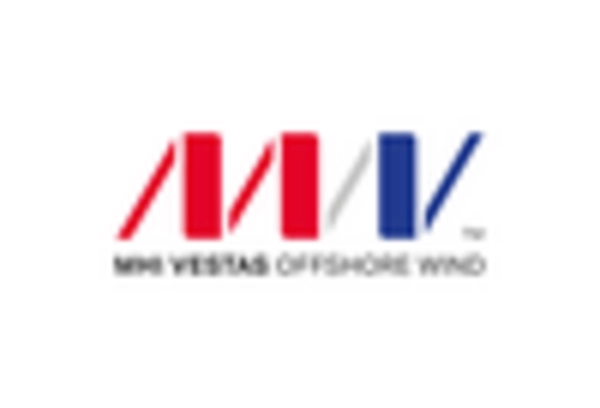
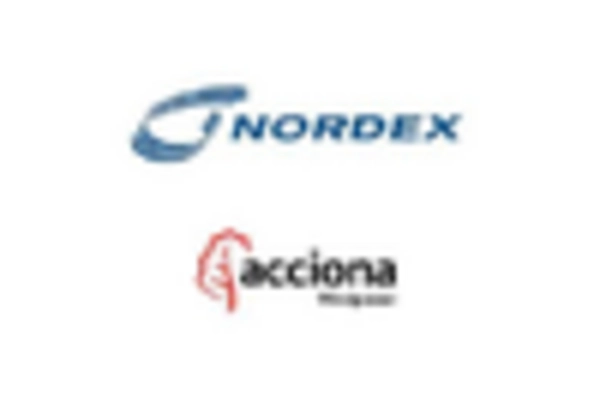
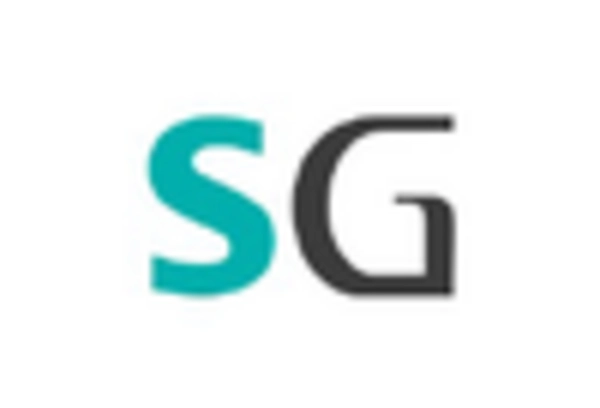










Leave a Comment